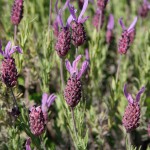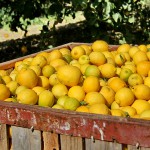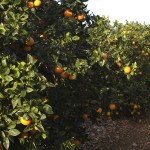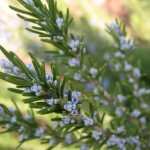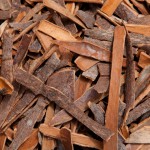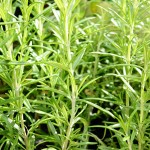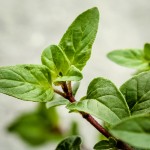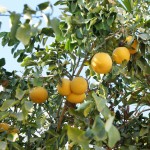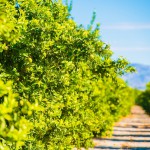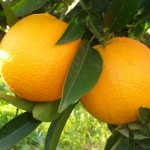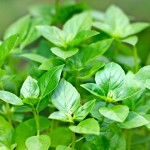Orange Oil CP
Citrus sinensis
Harvest: July - December
We’ve been monitoring the markets closely in recent weeks and months and keeping on top of the latest official figures combined with assessing comments and interpretations from those on the ground day-in and day-out.
The 2016/17 season was one to forget. The lowest crop in 10 years had a profound impact on the price of oil, as well as impacting on the juice and fresh fruit markets globally.
Now, as we enter the new season, there are some renewed expectations that the markets will correct themselves as official figures suggest a bumper crop over the next campaign.
We’ve done some number crunching and listened to the experts and this is how we summarise the current situation.
Those NEW numbers
We reported back in June and you’ve probably heard since that the 2017/18 (July 2017 – June 2018) season is expected to yield 364.47 million boxes, this according to estimates by Fundecitrus (an organisation covering the São Paulo producers). With an average 40.8 kilo box this equates to approximately 14.9 million tonnes of fresh fruit. This means production is 14% higher than the historical average in the area for the last ten years and a 49% increase year-on-year! The São Paulo area is the largest producing state in Brazil.
According to USDA estimates (reviewed late July and which cover the whole of Brazil’s production), the harvest will be up to 30% and amount to 19.2 million tonnes of fresh fruit. This will break the downward trend of recent years.
The favourable weather conditions are the reason for the good harvest. The largest part of production, 13.9 million tonnes, an increase of 4.8 million tonnes, is intended for the processing industry, with a primary focus on recovering juice inventories, which will in turn allow for more oil processing.
Why the sudden improvement?
The productive trees of the varieties that compose this estimate total 174.78 million. The emission and the glue of the flowering of the 2017/18 crop, which occurred between August and December 2016, was favoured by the low production of the previous crop, which provided a rest in the reproductive cycle and resulted in an increase of tree energy reserves. Additionally the good timing of hot and dry days followed by healthy amounts of rain (at the correct times) helped the number of flowers and subsequent development of fruits.
So the problems are over – or are they? Not yet!
Stop for a moment as this is the important bit. These extra fruit volumes are likely to lead to a longer season, which can in itself actually cause problems. A longer harvest period can increase the exposure of fruits to pests and diseases with further potential of fruit drop.
With this potential fruit drop in mind we need to take the overall numbers with some caution. It’s unlikely that the net increase in oranges going to processing will increase at the same rate as the increased crop size and with this we should be realistic about our expectations for additional supplies and the potential improved pricing.
Orange oil exports have been slow during the first 6 months of 2017 compared to the same period last year at a figure of around 20%, or 1,800 MT in total volume. This shows there is a lack of stocks currently in Brazil which will add pressure over the coming months as export supplies are always at their lowest between June and August.
We must also consider that the market is starved of supply. In recent years there has been little carry over into the new season but this is the first season to start with a significant deficit of contracts still to be fulfilled from last season.

Oil Production
Let us translate all of this into real oil production figures. To give more perspective we’re including Florida’s figures into our assessment as between the two producing areas they contribute to over 90% of global oil supplies.
From the graph below you can clearly see the expected increase in the Brazilian crop will result in ore oil being produced but you can also see the constant decline from Florida due to their ongoing issues with citrus greening.
From here you can see the total output (grey line) shows overall production retuning to levels not seen since 2013. That all sounds good but when you look at the 14-year average (red line) you can clearly see the gap between this seasons forecasts and the volume required for an ‘average’ year – it’s around 9,000 MT.
Factor in the volumes owed by the major producers to clients from unfulfilled 2016/17 contracts of around 6,000 MT a large gap starts to emerge. This 15,000 MT gap between what an average year looks like combined with the new forecasted volumes indicates to us there is a 30-35% shortage still before the market returns to normal and this is why we believe it will be still some time before you find prices falling and supplies easing.

Today prices are at an all time high with average FOB prices now double those of 2 years ago, at $9.45 /kilo. Therefore, when you add shipping costs, duties and any intermediary traders’ margins (as these FOB prices are only relevant if you’re buying multiple containers from origin directly), it is no wonder that your delivered prices today are around $12 /kilo.

Let us summarise and also consider some other factors:
- Market conditions – prices never fall as quickly as they rise!
- Major supplies controlled by three main producers (40% of total orange production and 98% of juice exports!)
- Stocks of oil at origin are very low with no carry-over supplies
- June-August are very low export months so there’s no immediate improvement in supplies expected
- Prices have increased over the past year despite real oil export figures not really declining so why will more fruit processed mean lower prices during 2017/18?
- New season offers from the major producers show no sign of prices falling
- The season will start with the major producers owing around 6,000 MT of oil to fulfil existing contracts!
Summary
Supplies are expected to improve later this year but how this will impact on prices is not yet known. It is important not to be blindsided by headline figures of improved crops as it’s just one variable in a complex market. Yes, we all hope the situation improves soon and, yes, we all hope prices can soften as a result, but if you’re patiently waiting for this to happen whilst your stocks are slowly depleting then be careful, as we may have to wait a little longer before things improve.
Market prices USD 10.00 - 12.00 /kilo
 Ultra International B.V.
Ultra International B.V.
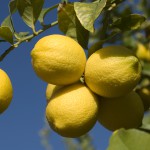



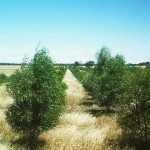
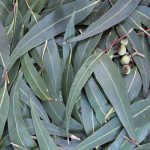
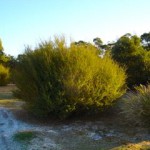

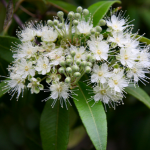
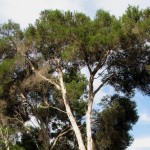


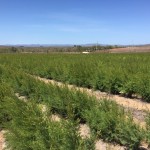
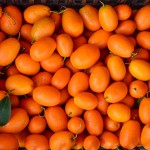
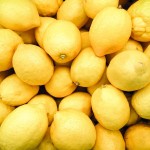
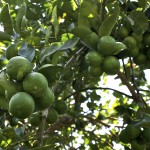
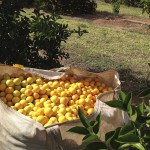



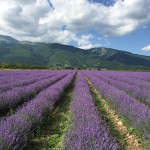

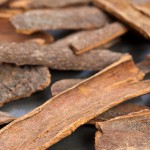


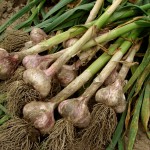

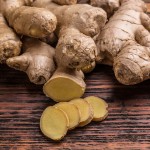

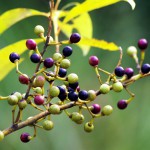
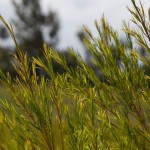


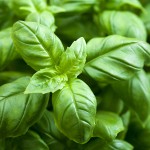

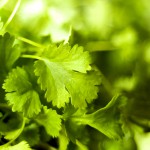
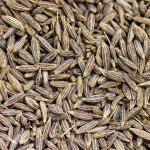


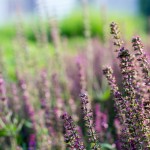

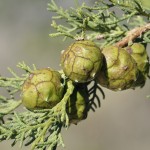
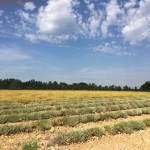

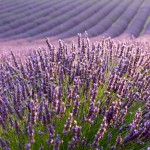
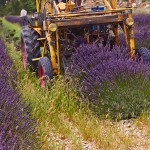

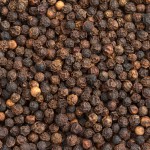
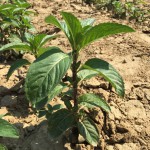
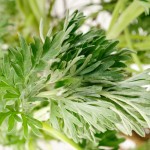


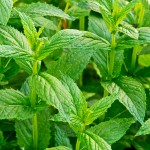
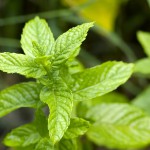

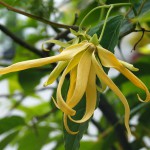
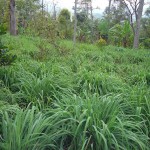
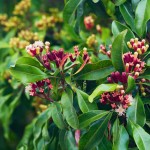
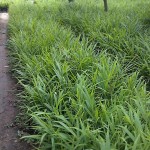

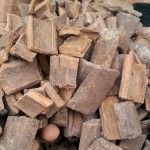
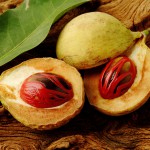

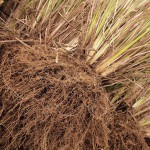
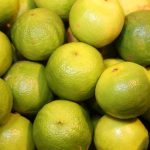
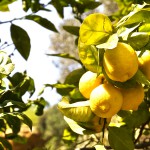
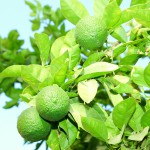

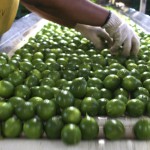
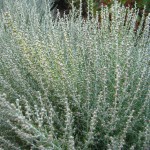

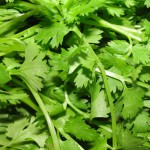
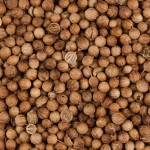

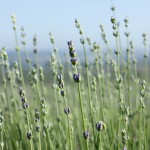
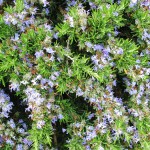
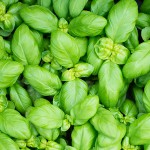



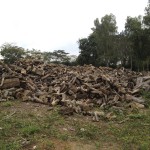
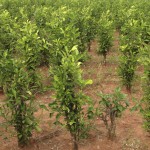

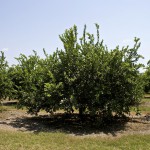

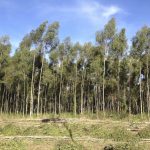

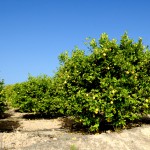

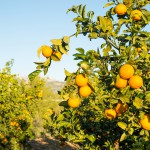
 Overall local fresh fruit prices have increased 50% in the past 12 months and it is expected that there will be 10% more fruit available for processing in 2017 versus 2016, but still less than half it was in 2015
Overall local fresh fruit prices have increased 50% in the past 12 months and it is expected that there will be 10% more fruit available for processing in 2017 versus 2016, but still less than half it was in 2015
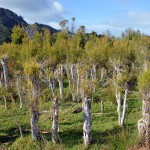
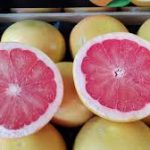
 About 75% of the grapefruit in South Africa is produced in the Limpopo and Mpumalanga regions. With the season running from April to September, fresh oil supplies become available around July once the bulk of export markets for fresh fruit has been satisfied.
About 75% of the grapefruit in South Africa is produced in the Limpopo and Mpumalanga regions. With the season running from April to September, fresh oil supplies become available around July once the bulk of export markets for fresh fruit has been satisfied.